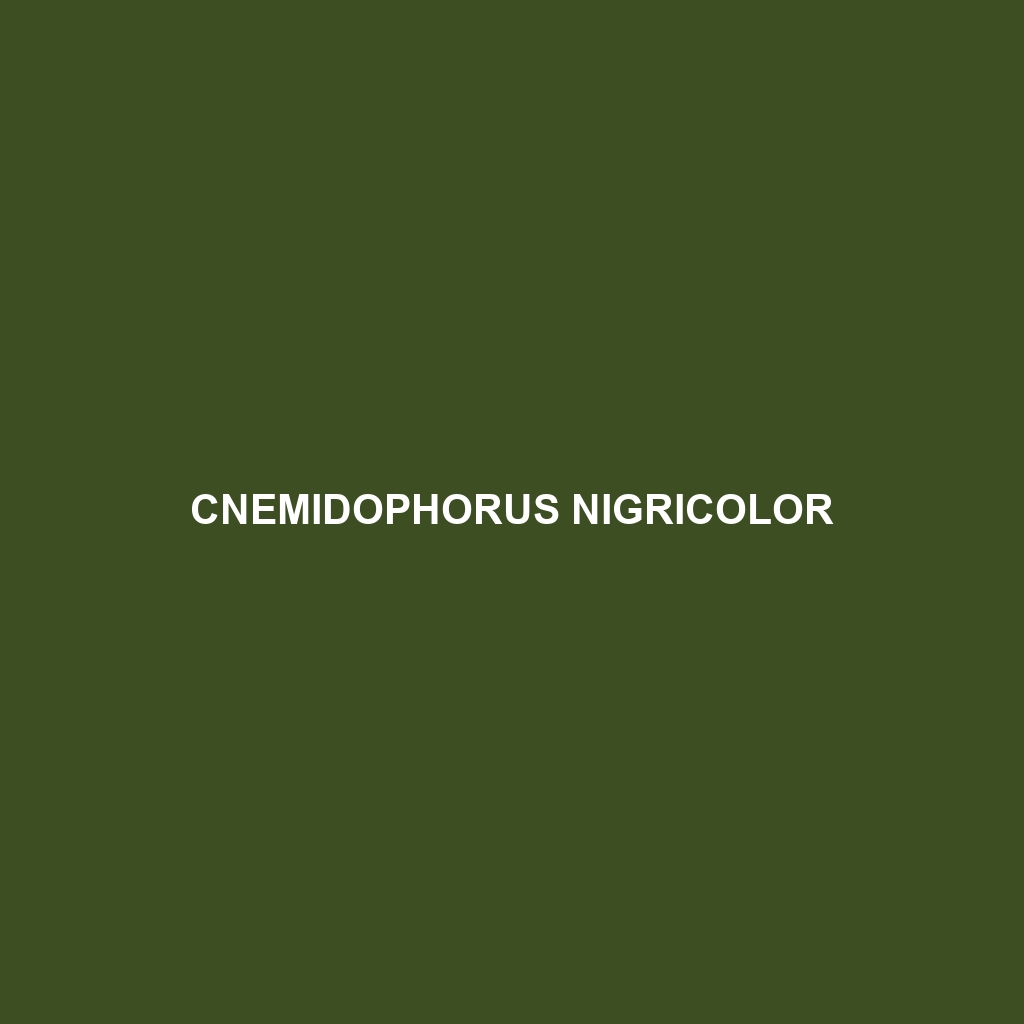Discover the Eirenis kermanensis, a fascinating snake native to the arid regions of Iran's Kerman province. With its unique camouflage, slender body, and nocturnal behavior, this species thrives in rocky habitats, preying on insects and small vertebrates while playing a crucial role in maintaining the local ecosystem.
Tag: arid habitat
Diplodactylus bilybara
<h2>Common Name: Diplodactylus bilybara</h2> <strong>Diplodactylus bilybara</strong>, a vulnerable lizard species native to Australia's arid Pilbara and Gascoyne regions, known for its distinct sandy beige coloration, nocturnal behavior, and ability to regenerate its tail. This insectivorous reptile thrives in rocky habitats and plays a crucial role in maintaining ecological balance by controlling insect populations.
Cyrtopodion potoharense
Cyrtopodion potoharense, a vulnerable gecko species native to the arid regions of northern Pakistan, known for its sandy coloration and nocturnal hunting behavior. With distinctive dark spots and remarkable agility, this species plays a crucial role in its ecosystem by controlling insect populations and serving as prey for larger animals.
Cyrtopodion mansarulus
The Cyrtopodion mansarulus, or Mansarule Gecko, is a slender, nocturnal gecko found in the arid regions of Central and South Asia, particularly Afghanistan and Pakistan. Measuring 10 to 15 cm in length with adaptable camouflage and a diet primarily consisting of insects, this species plays a vital role in its ecosystem while facing vulnerabilities due to habitat loss.
Cyrtopodion kirmanense
Cyrtopodion kirmanense, a medium-sized gecko native to the rocky, arid regions of southeastern Iran. With its remarkable camouflage, nocturnal hunting habits, and vulnerability status, this insectivorous species plays a crucial role in maintaining ecological balance in its desert habitat.
Ctenotus rubicundus
Discover the vibrant Ctenotus rubicundus, a medium-sized skink measuring 10 to 20 cm, known for its striking tan to reddish-brown coloration and agile movements in Australia’s arid regions. This diurnal predator thrives on a diet of insects, plays a vital role in its ecosystem, and showcases extraordinary traits such as tail regeneration.
Ctenotus hanloni
Ctenotus hanloni, a slender lizard native to the arid regions of Australia, measures 10 to 15 centimeters in length and features a distinctive striped pattern. Primarily insectivorous and diurnal, this species is known for its territorial behavior, ability to regenerate its tail, and vital role in maintaining ecosystem balance.
Ctenotus capricorni
Discover the Ctenotus capricorni, a medium-sized skink native to Australia’s arid regions, featuring a light brown to sandy coloration with distinctive stripes. This insectivorous lizard exhibits burrowing behavior, quick reflexes, and plays a crucial role in regulating insect populations within its ecosystem.
Ctenotus calurus
Discover the Yellow-Footed Ctenotus (Ctenotus calurus), a medium-sized Australian skink known for its distinctive yellow or orange feet and smooth, striped body. Found in arid habitats, this agile predator primarily feeds on insects and plays a critical role in maintaining ecological balance.
Cnemidophorus nigricolor
Cnemidophorus nigricolor, or the black-colored whiptail lizard, is a slender, agile lizard measuring 15 to 20 cm, found in arid regions of Central America and Mexico. Known for its dark coloration and insectivorous diet, it exhibits territorial behavior and lays clutches of eggs in sandy soil during the warmer months.









